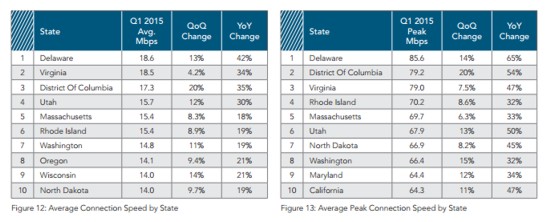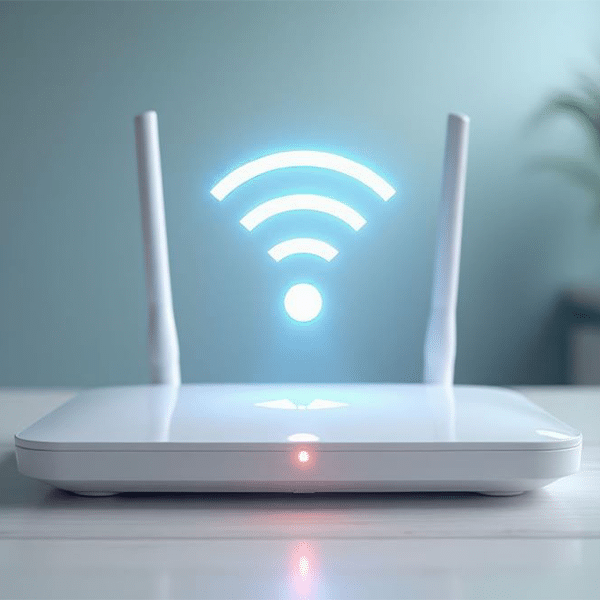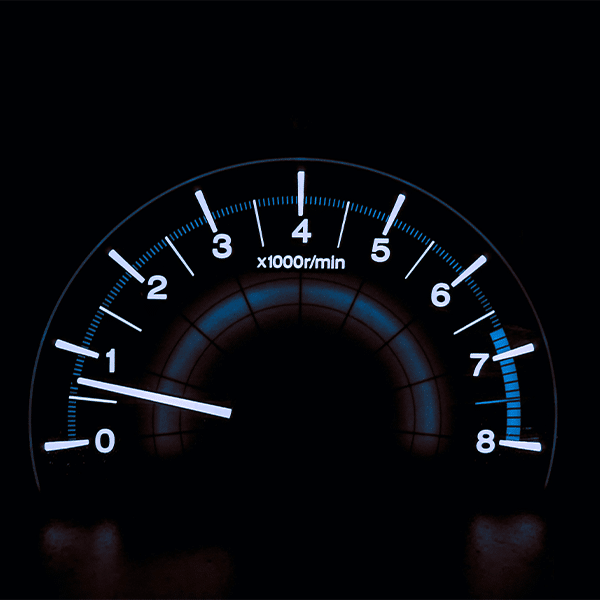 Akamai’s “First Quarter, 2015 State of the Internet Report” reveals that average broadband speeds rose 10 percent quarter-to-quarter globally to reach 5 Mbps for the first time. Average Internet speeds increased in 131 of a total 144 qualifying countries/regions in 1Q’15.
Akamai’s “First Quarter, 2015 State of the Internet Report” reveals that average broadband speeds rose 10 percent quarter-to-quarter globally to reach 5 Mbps for the first time. Average Internet speeds increased in 131 of a total 144 qualifying countries/regions in 1Q’15.
At 11.9 Mbps, the U.S. ranked 19th globally in terms of average 1Q Internet connection speeds and 22nd in terms of average peak Internet connection speeds (53.3 Mbps). That said, the top 10 U.S. states experienced quarter-to-quarter gains in average Internet connection speeds across the board in 1Q. That contrasts with 4Q’14 when half the states posted gains and the other half dropped.
More broadly, all U.S. states experienced quarter-to-quarter and year-over-year gains in average and average peak Internet connection speeds. Double-digit annual increases were seen in all but two.
U.S. Internet Connection Trends
Nationwide, average peak Internet connection speeds rose in all U.S. states on quarter-to-quarter basis in 1Q. Hawaii (an 8.6 percent increase) and New Hampshire (an increase of 9.8 percent to 13.5 Mbps) were the only two where average increases didn’t reach double digits.
Forty-two U.S. states had average broadband speeds above 10 Mbps as compared to 34 in 4Q’14. In addition, all 51 states (Akamai counts D.C. as a state in its report) posted quarter-over-quarter gains. They ranged from a 0.7 percent increase in Hawaii – to 9.1 Mbps – to a 21 percent increase in Iowa – to 11.7 Mbps.
D.C. posted the biggest quarterly increase, with average Internet connection speed rising 20 percent. Other U.S. states in Akamai’s U.S. top 10 showed quarterly gains ranging from a 4.1 percent increase in Virginia to a 14 percent gain in Wisconsin.
Delaware nosed out Virginia (18.5 Mbps) to lead the nation with an average 1Q Internet connection speed of 18.6 Mbps, a 13 percent quarterly increase. Year-over-year average Internet connection speed in Delaware jumped 42 percent higher in 1Q, the largest increase in the country. D.C. (17.3 Mbps), Utah (15.7 Mbps) and Massachusetts (15.4 Mbps) round out the top 5 U.S. states when it comes to average Internet connection speeds in 1Q’15.
Alaska had the lowest average 1Q Internet connection speed in the U.S. at an average 8.2 Mbps despite posting a 10 percent quarterly increase. Coming in with averages just below 9 Mbps, Arkansas, Kentucky and New Mexico filled out the bottom four.
Six states had average Internet connections speeds above 15 Mbps, though none reached the FCC’s new 25 Mbps broadband threshold, Akamai notes.

Average peak Internet connection speeds increased 10 percent or more in 27 states on a quarterly basis in 1Q as compared to just three in 4Q’14. Year-over-year changes were positive as well. Annual increases in average peak Internet connection speeds were particularly strong among the top 10 U.S. states. Gains in average peak connection speeds ranged from 32 percent in Washington (to 66.4 Mbps) and Rhode Island (to 70.2 Mbps) to a 65 percent jump in Delaware (to 85.6 Mbps). All other U.S. states posted double-digit yearly increases.
Tennessee had the smallest increase at 18 percent (to 47.6 Mbps). Missouri posted the largest – 71 percent to 54.2 Mbps. Though increasing 8.9 percent quarterly, Kentucky again brought up the rear in terms of average peak Internet connection speeds at 37.1 Mbps in 1Q. Arkansas ran next to last at 37.3 Mbps, a 6.1 percent increase.
Global Internet Connection Trends
Globally, average Internet connection speeds across the top 10 countries remained well above 10 Mbps in 1Q. South Korea topped all countries with an average 1Q’15 Internet speed of 23.6 Mbps. Six of the top 10 came in over 15 Mbps. Ireland (17.4 Mbps), Sweden (15.8 Mbps) and the Netherlands (15.3 Mbps) joined South Korea, Hong Kong (16.7 Mbps) and Japan (15.2 Mbps) in this regard.
Notable increases in average Internet connection speeds were made in Fiji – a 128 percent increase to 6.2 Mbps – among others. Year-over-year increases exceeding 30 percent were made in top 10 countries Ireland, Norway (14.1 Mbps) and Sweden.
Turning to average global peak Internet connection speeds, Akamai’s report reveals they increased 8.2 percent to 29.1 Mbps. Speed increases were achieved among all top 10 countries/regions, where average peaks exceeded 65 Mbps.
Kuwait posted the fastest peak Internet connection speed at 76.5 Mbps – up 126 percent – while Mongolia posted a 72 percent increase to 68.9 Mbps. Average peak Internet connection speed in Singapore increased 17 percent to surpass Hong Kong as the regional leader at 98.5 Mbps.


